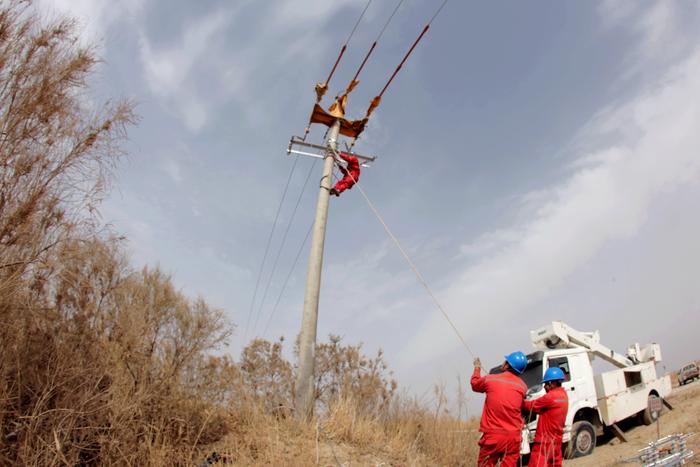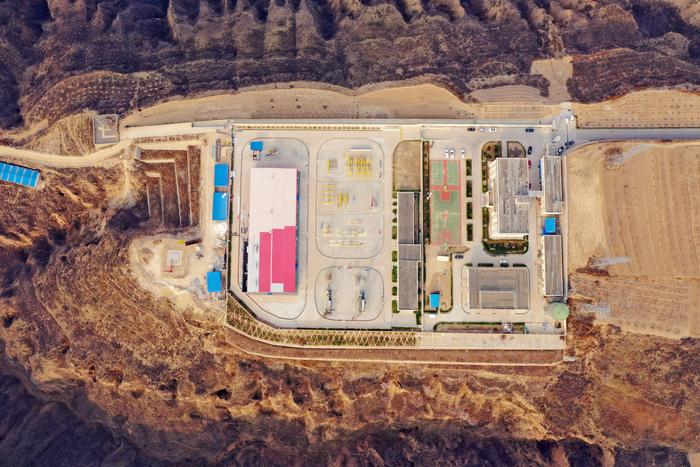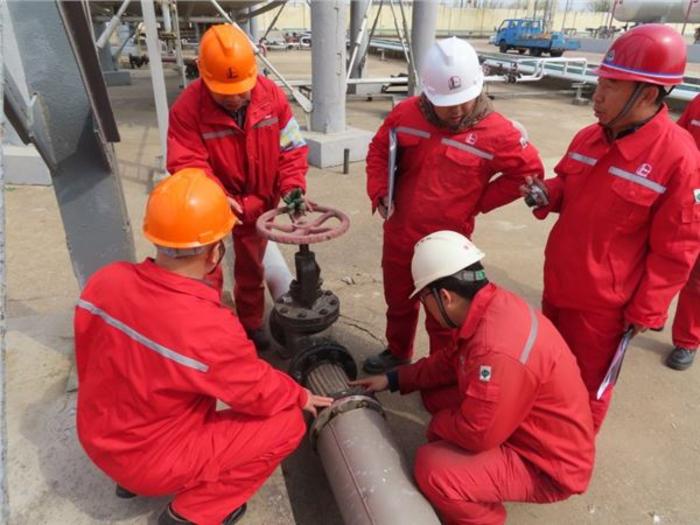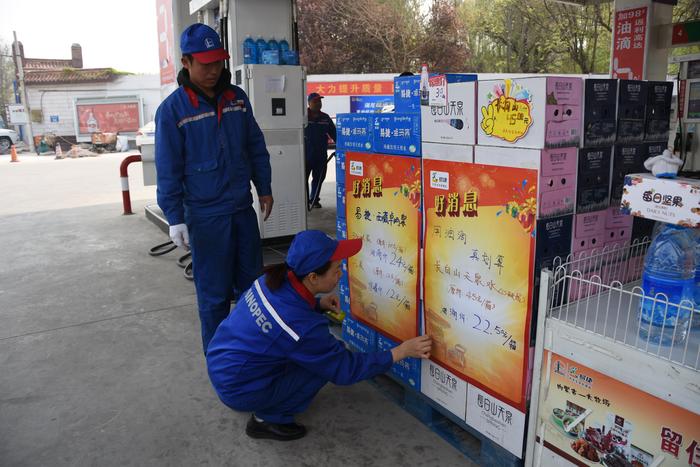|
| 2019-04-09 来源: 中国石化新闻网 |
| 石化新闻 |
|
中国石化新闻网讯 据离岸工程4月7日消息称, 2017年,全球液化天然气(LNG)作为燃料市场的价值约为5.5亿美元,预计复合年增长率将超过8.5%。燃料市场的收入预计在2026年达到12.632亿美元。 根据市场研究报告,该地区的市场划分为美国、欧洲、中国、印度、日本和东南亚。预计欧洲市场将主导全球液化天然气作为燃料市场,与其他地区的市场相比,欧洲市场2017年的市场收入将超过2.6亿美元。 由于该地区各国消费者需求增加,预计在预测期间欧洲市场的主导地位将继续,复合年增长率将比其他区域高。 欧洲市场的收入增长主要是由于液化天然气加注的资本投资增加以及该地区上贸易增加推动的。 液化天然气作为一种船用燃料,为船舶提供了各种各样的优势。液化天然气作为船舶燃料将减少90% - 95%的优势硫氧化物(SOx)排放。 与传统船舶燃料相比,液化天然气的含碳量较低,可减少二氧化碳(CO2)排放量20-25%。预计液化天然气作为海洋燃料的消费所带来的环境效益将在预测期内推动市场增长。 然而,液化天然气燃料本身可能是便宜的,但改造或新建一艘配备专用液化天然气推进系统的船舶所需的成本和时间相对较高。相比之下,硫氧化物洗涤器需要更小的初始投资和更少的安装时间。 一旦安装,LNG燃烧系统就很复杂,需要采取额外措施来确保安全运行、维护和加油。对安全和安全协议缺乏一致的监管框架构成了另一个问题,这反过来限制了市场在预测期间的增长。 以航区为基础,LNG作为燃料市场包括内河航道和海洋预计海洋和海洋部门将贡献主要收入份额,并预计在预测期间保持其主导地位。在所有的应用板块中,LNG船舶板块的CAGR最高预计在9.0%以上。 航运被认为是一种重要的运输方式,据估计,液化天然气船仅占全球碳排放量的3%。最新的国际海事组织要求将硫排放量降至0.5%,这给船东们带来了多种选择,其中一种是改用液化天然气燃料。 全球液化天然气燃料市场的主要参与者包括荷兰皇家壳牌公司、Gasum Oy、挪威国家石油公司、巴伦茨天然气公司、林德集团、ENGIE SA、韩国天然气公司、昆仑能源公司、埃尼公司、中海油以及Energize。 曹海斌 摘译自 离岸工程 原文如下: Global LNG Bunker Fuel Market to Reach $1.3bln by 2026 The global Liquefied Natural Gas (LNG) as a bunker fuel market was valued around US$ 550 million in 2017, and is expected to register a CAGR of over 8.5%. The bunker fuel market revenue value is exprected to reach US$ 1,263.2 million in 2026. According to a market research report, based on the region the market is segmented into US, Europe, China, India, Japan, and Southeast Asia. Europe market is expected to dominate the global LNG as a bunker fuel market, and it accounts for largest market revenue over US$ 260 mn in 2017 as compared to that of markets in other regions. Dominance by Europe market is expected to continue over the forecast period with comparatively higher CAGR than that of other regions, owing to higher demand among consumers in countries in the region. Revenue growth of the market in Europe is primarily driven by increasing capital investments for LNG bunkering coupled with increasing seaborne trade from this region. LNG is used as a marine fuel and it offers various advantages for the ships. LNG as ship fuel will reduce sulphur oxide (SOx) emissions by 90% - 95%. Lower carbon content of LNG compared to conventional ship fuels enables a 20-25% reduction of carbon dioxide (CO2) emissions. Environmental benefits related to the consumption of LNG as marine fuel is expected to drive the market growth over the forecast period. However, LNG fuel in itself may be inexpensive, but cost and time needed to retrofit or new-build a ship with a dedicated LNG propulsion system are relatively high. By comparison, SOx scrubbers require a smaller initial investment and take less time to install. Once installed, an LNG-burning system is complex, requiring additional measures to ensure safe operation, maintenance and refueling. Lack of a consistent regulatory framework for safety and security protocols poses an additional problem which in turn limits the market growth over the forecast period. On the basis of navigation area, the LNG as a bunker fuel market includes inland waterways and ocean & sea. Ocean & sea segment is expected to contribute major revenue share and expected to maintain its dominance over the forecast period. Among all the application segments, LNG ships segment is expected to register highest CAGR over 9.0%. Shipping is considered a vital mode of transport and it is estimated that LNG ships account for a mere 3% of global carbon emissions. The latest IMO mandates sulphur emissions to be lowered to 0.5%, which has given rise to several alternatives for ship owners, one being switching to LNG fuel. Key players operating in the global LNG as a bunker fuel market include Royal Dutch Shell Plc, Gasum Oy, Statoil ASA, Barents Natural Gas AS, The Linde Group, ENGIE SA, Korea Gas Corporation, Kunlun Energy Company Ltd., Eni s.p.A, CNOOC Limited, and Energize.
|








